Monthly Archives: September 2024
SOURCE: IDRW.ORG


Dr. D.K. Sunil, the Chairman and Managing Director (CMD) of Hindustan Aeronautics Limited (HAL), has confirmed that the deal for the F-414 engine with the US firm GE Aerospace is on track to be concluded by the end of this year. The F-414 engine is set to power the Tejas MkII program, a significant upgrade to India’s indigenous light combat aircraft.
While HAL will manufacture the F-414 engine at its upcoming Bangalore facility, the company plans to outsource 40-50% of the program to Indian private sector companies. MTAR Technologies, L&T, Godrej, Azad Engineering and INDO-MIM are some of the Private firms that will be involved in the production of the engine. This strategic move aims to leverage the expertise of various aerospace components manufacturers across the country, fostering a more robust and competitive defence industry ecosystem.
Continue readingSOURCE: IDRW.ORG TEAM


Piotr Wojciechowski, President-CEO of Polish defense company WB Group, has announced that the company has proposed its FLYEYE mini unmanned aerial system (UAS) to the Indian Army. The FLYEYE is a versatile and compact drone designed for a variety of military and civilian applications.
One of the key features of the FLYEYE is its modular design, which allows for easy assembly and disassembly. This makes it highly transportable and can be deployed rapidly in various environments. The drone can be hand-launched without requiring additional equipment, making it suitable for operations in confined spaces and tight areas.
Continue readingSOURCE: RAUNAK KUNDE / NEWS BEAT / IDRW.ORG


The Indian Defence Acquisition Council (DAC) approved the Acceptance of Necessity (AoN) in March 2023 for an indigenously designed Long-Range Stand-Off Weapon (LRSOW) to be integrated with the Su-30 MKI aircraft. This marks a significant step forward in India’s self-reliance in developing advanced weapon systems.
Initial reports suggested the LRSOW would be an air-launched cruise missile with a subsonic speed and a range of 1000-1500 kilometres. However, recent developments indicate that the LRSOW will be incorporated into the existing RudraM family of air-to-surface missiles developed by DRDO.
Continue readingSOURCE: RAUNAK KUNDE / NEWS BEAT / IDRW.ORG
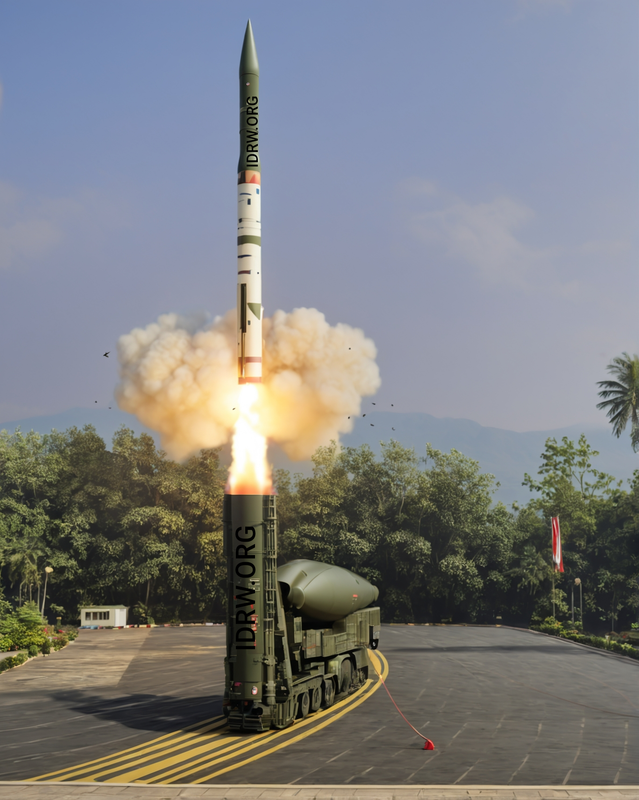

Following the successful development and testing of the Agni-5 MkII, the Defence Research and Development Organisation (DRDO) has turned its attention to the Agni-IV MkII. This upgraded version of the Agni-IV intermediate-range ballistic missile is expected to incorporate several enhancements, including a significant reduction in weight through the use of composite materials.
The Agni-IV, a nuclear-tipped missile with a range of approximately 4,000 kilometres, has been a cornerstone of India’s nuclear deterrence. The Agni-IV MkII is anticipated to extend this range to around 5,000 kilometres, bringing a larger portion of China within its striking distance.
Continue readingSOURCE: RAUNAK KUNDE / NEWS BEAT / IDRW.ORG
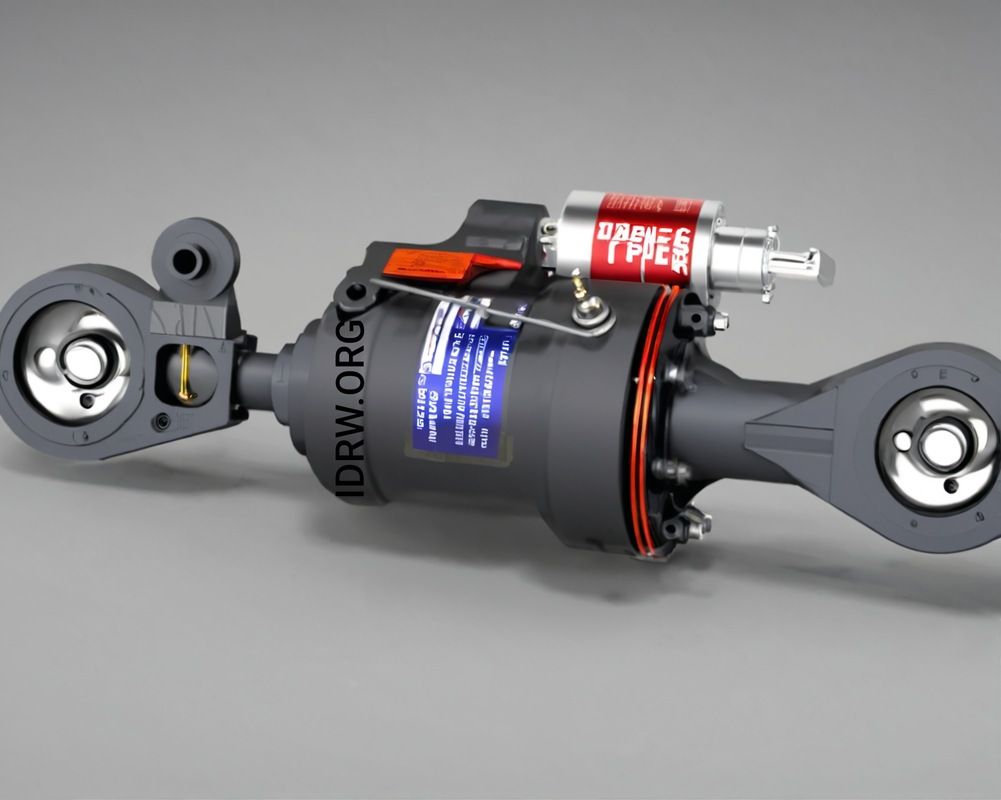

Bengaluru-based TimeTooth Technologies Pvt. Ltd. has secured a significant contract to develop Rotor Damper systems for Hindustan Aeronautics Limited’s (HAL) Advanced Light Helicopter (ALH Dhruv) and Light Combat Helicopter (LCH Prachand) programs. This marks a crucial milestone for the Indigenous aerospace industry as TimeTooth will focus on developing, qualifying, and eventually producing these systems over the next few years, aligning with India’s push for self-reliance in critical defence technologies.
The development phase is expected to span two years, during which TimeTooth Technologies will work closely with HAL to ensure the systems meet stringent performance and safety standards. Following successful qualification, the company will begin production, with supply contracts likely extending for five years and beyond. This long-term collaboration not only supports the ongoing ALH Dhruv and LCH Prachand helicopter programs but also signifies HAL’s commitment to fostering homegrown solutions for critical components.
Continue readingSOURCE: IDRW.ORG


Big Bang Boom Solutions Private Limited, a leading technology company based in Chennai, has developed the Vajra Strike, a cutting-edge direct energy weapon designed to neutralize aerial threats with unparalleled precision and speed.
Leveraging focused energy beams, the Vajra Strike provides a powerful and effective solution for countering drones and other aerial threats. Its pinpoint accuracy and rapid response capabilities ensure that it can swiftly neutralize targets without causing collateral damage.
Continue readingSOURCE: IDRW.ORG


India has issued a Notice to Airmen (NOTAM) indicating an upcoming missile test. The designated airspace for the test covers an area of 1390 kilometres, suggesting that the missile involved could be the Agni-1P, a short-range ballistic missile.
The NOTAM, issued on September 26, 2024, specifies that the missile test will take place on October 3 and 4. The extensive area covered by the NOTAM suggests that the missile’s trajectory will be relatively long, consistent with the range of the Agni-1P.
Continue readingSOURCE: RAUNAK KUNDE / NEWS BEAT / IDRW.ORG
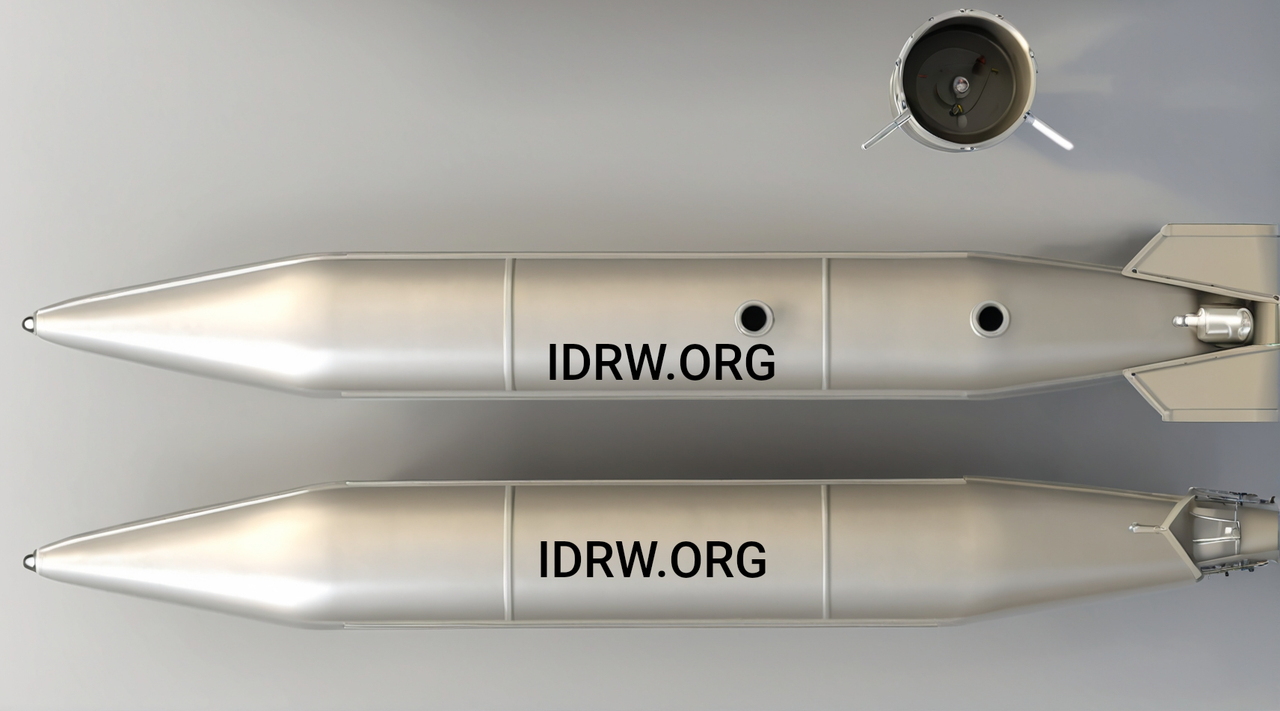

The Aeronautical Development Establishment (ADE) has initiated development work on external fuel drop tanks for the upcoming Tejas MkII program. As per tender specifications, ADE plans to develop two distinct models: a 1700-litre drop tank and a 1300-litre drop tank.
Initially, ADE will focus on producing two units of each drop tank for testing purposes. However, the final procurement will include six units of the 1700-litre drop tank and three units of the 1300-litre drop tank. These external fuel tanks will be integrated with the Tejas MkII prototypes, which are currently under development.
Continue readingSOURCE: RAUNAK KUNDE / NEWS BEAT / IDRW.ORG
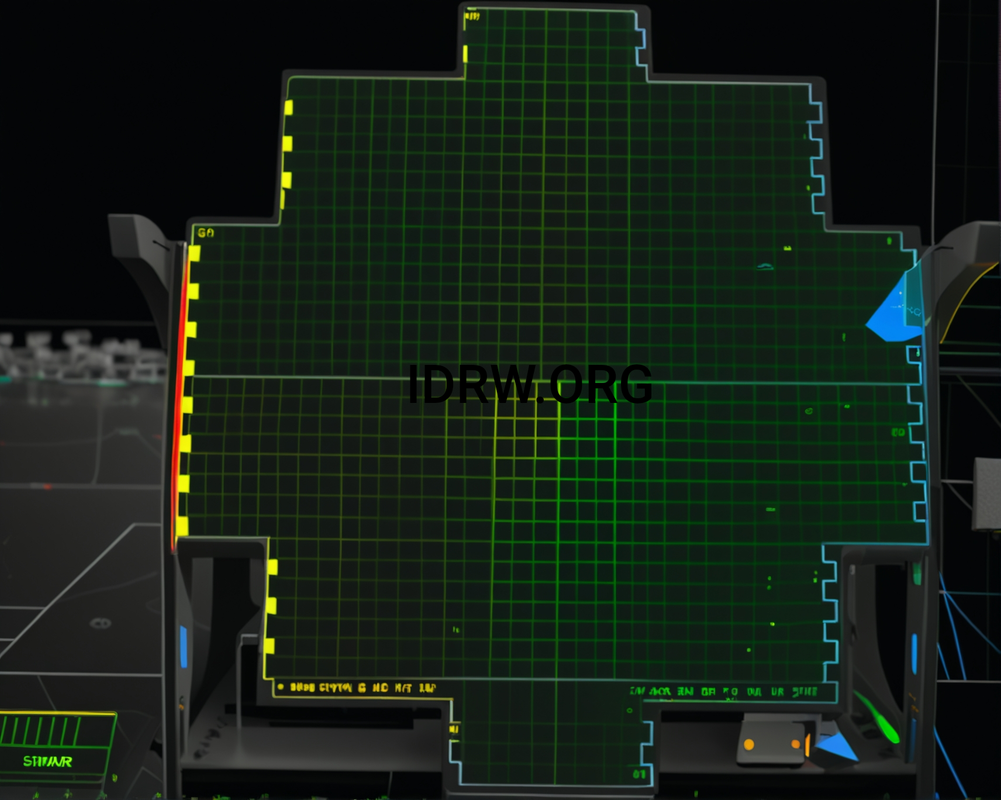

The Electronics & Radar Development Establishment (LRDE), a premier lab under DRDO, has embarked on a series of new initiatives in the optoelectronics domain, particularly aimed at revolutionizing radar systems. The focus is primarily on integrating photonics technologies into radar applications, which promises to enhance the performance, accuracy, and efficiency of future radar systems.
The introduction of photonic radar technology marks a significant leap from conventional radar systems. While traditional radar relies on electronic components for signal transmission and reception, photonic radars use light-based technologies, such as lasers, to process signals. This allows for faster data transmission, increased bandwidth, and better signal resolution. LRDE’s efforts to develop photonic modules demonstrate its forward-looking approach to enhancing India’s radar capabilities.
Continue readingSOURCE: RAUNAK KUNDE / NEWS BEAT / IDRW.ORG
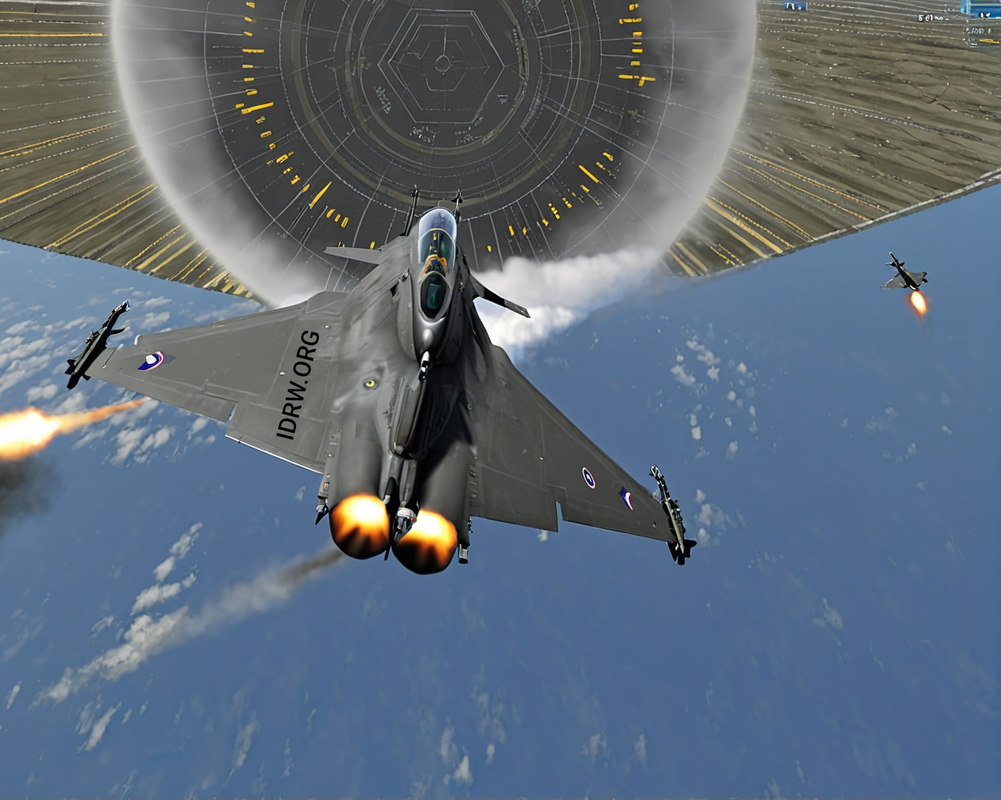

As negotiations for the purchase of 26 Rafale M fighter jets for the Indian Navy progress, the Navy is also planning to procure two Rafale Simulation Centers to train its crew, including pilots.
The proposed deal for the Rafale M includes 22 single-seater and 4 two-seater aircraft. However, the two-seater Rafale M variants are not carrier-capable, meaning they cannot take off or land from aircraft carriers. To address this limitation, the Indian Navy has decided to invest in simulation centres to provide comprehensive training for its pilots.
Continue readingSOURCE: IDRW.ORG


The Indian Army is set to receive the first batch of three AH-64E Apache attack helicopters from Boeing in December 2024, following a delay of over six months. The delays were attributed to global supply chain disruptions, which have affected the manufacturing schedule, according to a report in The Hindu. Initially, the delivery was planned for May, with the next batch scheduled for July. However, the first set of helicopters will now arrive in December, with the remaining three set to follow in the coming months.
The Apache AH-64E attack helicopters will be deployed primarily in the desert regions, significantly enhancing the Indian Army’s capabilities in desert warfare. Known for their lethal firepower, advanced sensors, and precision strike capabilities, the Apaches are considered one of the most formidable attack helicopters in the world. These helicopters will play a critical role in improving the Army’s ability to respond to potential threats along India’s western borders, where the desert terrain can present unique operational challenges.
Continue readingSOURCE: IDRW.ORG


Bengaluru-based Celeritas Automation LLP has emerged as the winner of the Indian Navy Open Challenge 9.0, securing a contract to develop an advanced Optical Landing System (OLS) for aircraft carriers. The OLS, often referred to as the “meatball,” is a critical piece of equipment that provides pilots with precise glidepath information during the final stages of landing on an aircraft carrier.
The OLS plays a vital role in ensuring the safe and efficient landing of aircraft on aircraft carriers. It consists of a series of lights that project a visual glidepath onto the carrier’s flight deck. Pilots use this information to maintain the correct approach angle and speed for a successful landing.
Continue readingSOURCE: RAUNAK KUNDE / NEWS BEAT / IDRW.ORG
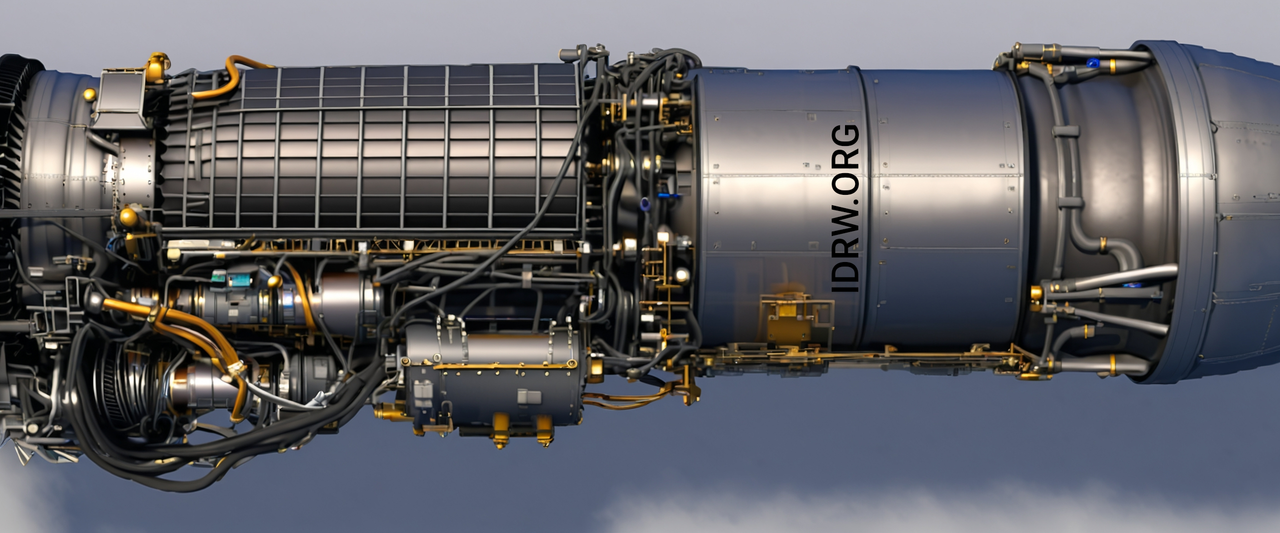

General Electric (GE) Aerospace was caught by surprise when the Indian Air Force (IAF) and Hindustan Aeronautics Limited (HAL) placed an order for an additional 83 Tejas Mk1A fighter jets in 2021, necessitating the delivery of nearly 99 more F404-IN20 engines. The F404-IN20 is a variant of the F404 engine developed specifically for the Tejas Mk1 program, providing enhanced thrust and optimized performance for single-engine operations.
The F404-IN20 engine, producing 19,000 pounds of thrust (or 84kN of wet thrust), was custom-designed by GE Aerospace for the Tejas Mk1 program to meet India’s unique operational requirements. It delivers the highest wet thrust among all F404 variants, specifically catering to the demands of India’s indigenous fighter program. Initially, GE Aerospace provided around 75 F404 engines to India over the last two decades, which was seen as a slow pace of supply for the company.
Continue readingSOURCE: RAUNAK KUNDE / NEWS BEAT / IDRW.ORG


As Reported earlier by idrw.org, India is now considering a request from Armenia to supply the Pralay tactical ballistic missile. This development comes amidst heightened tensions between Armenia and Azerbaijan in the Nagorno-Karabakh region.
idrw.org reported in June that Armenia had approached India seeking to procure the Pralay tactical ballistic missile to counter Azerbaijan’s acquisition of the Israeli LORA long-range surface-to-surface missile system. The LORA system was allegedly used by Azerbaijan against Armenia in October 2020 during a military conflict.
Continue readingSOURCE: RAUNAK KUNDE / NEWS BEAT / IDRW.ORG
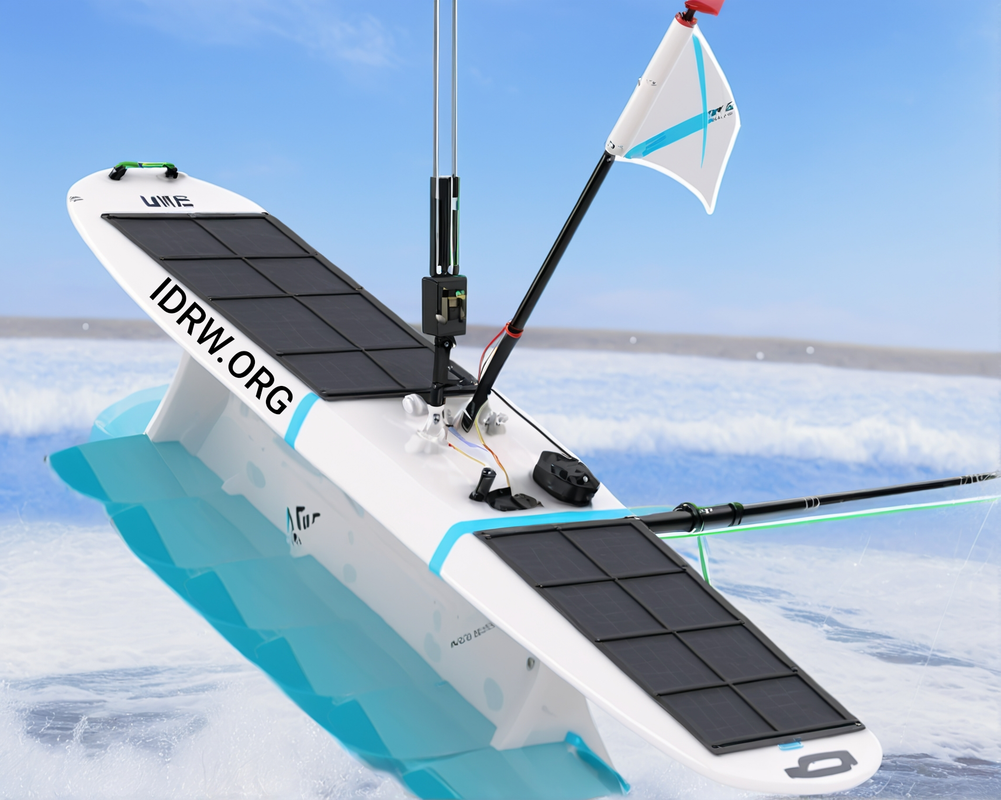

Liquid Robotics, a Boeing company, and India-based Sagar Defence Engineering Private Limited have announced a strategic partnership to co-develop and co-produce scaled Uncrewed Surface Vehicle (USV) systems. This collaboration aims to strengthen maritime security in the Indo-Pacific region and promote defense cooperation between the United States and India.
The Wave Glider, Liquid Robotics’ flagship USV, is an ideal platform for this partnership due to its endurance, reliability, and adaptability. Powered by wave and solar energy, the Wave Glider can operate continuously for months, providing real-time data and communications for various applications.
Continue reading